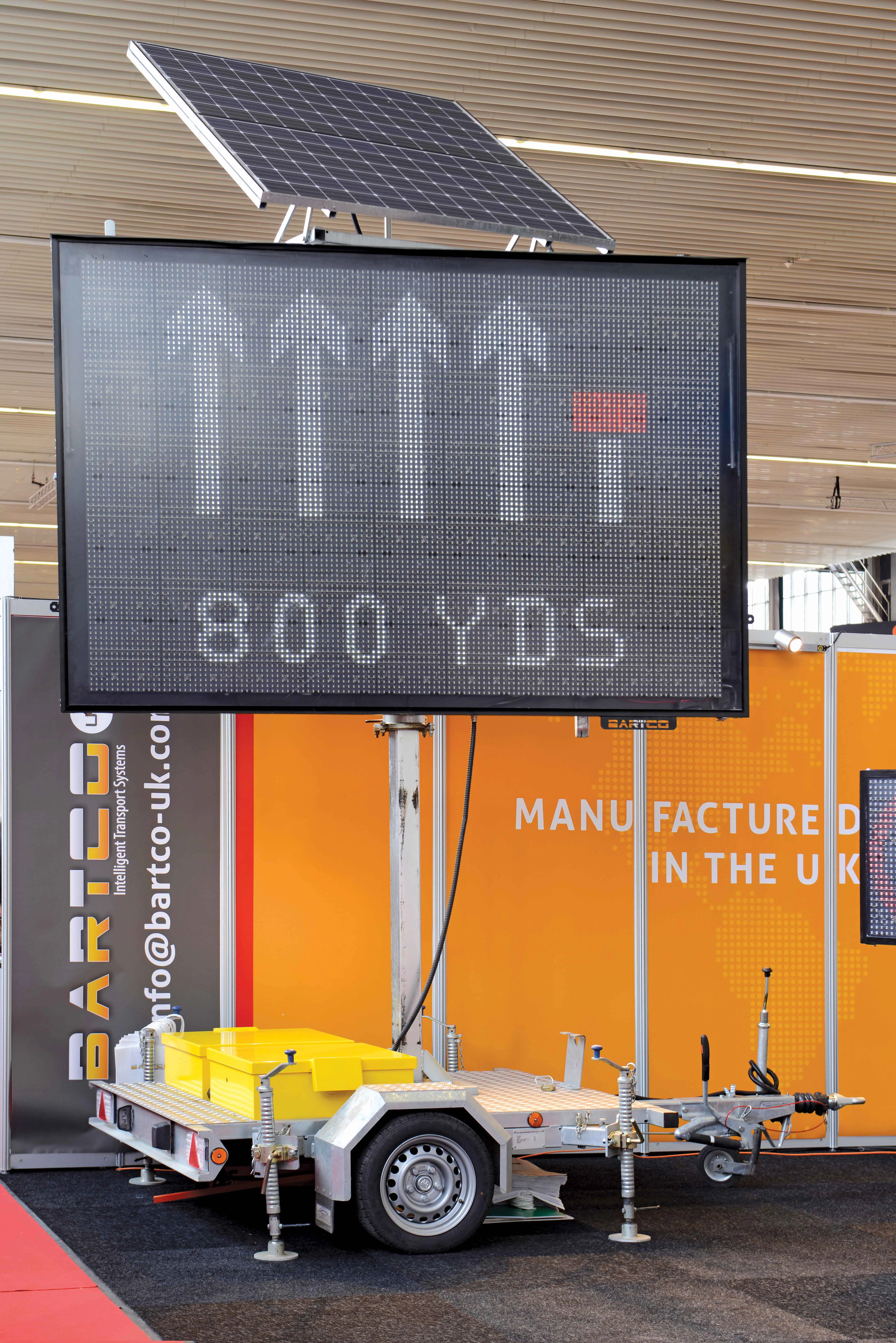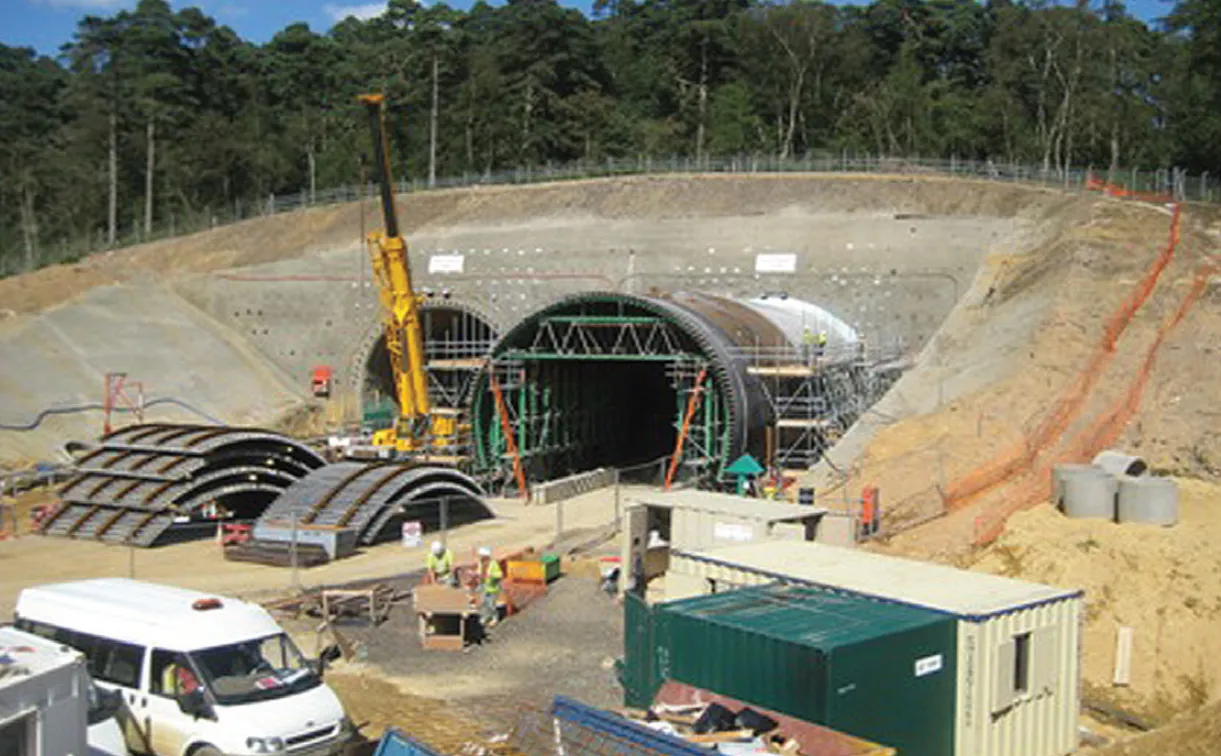Mobilisation work is due to start at the beginning of August. Main construction work is due to start in the third quarter of 2014 with completion scheduled for spring 2017. Construction activity will include installing and refurbishing gantries, new static and variable signs, concrete safety barriers, drainage and surfacing works.
The contract is the latest in a series awarded to Balfour Beatty since the company was appointed to the Highways Agency's National Major Projects Framework in 2010. In June 2014, Balfour Beatty was awarded the M60 J8 to M62 J20 smart motorway scheme. In April 2014 the company’s construction joint venture with Skanska completed upgrading a stretch of the M25 to a smart motorway, and in January 2014 Balfour Beatty completed upgrading parts of the M4 and M5 to a smart motorway.
The M3 passes through Chobham Common, one of the largest areas of heathland in Surrey, and Balfour Beatty’s sustainable design will take into account ecological considerations with natural habitats being reinstated.
M4M5 smart motorway scheme in operation:
Balfour Beatty will use similar technology upgrading the M3 to smart motorway status as it has installed on its successful M4/M5 project
Smart motorway project for UK’s M3
Balfour Beatty is to work on a €163.5 million (£129 million) upgrade project for a 21.4km stretch of the M3 motorway in the UK. The work involves upgrading the route to smart motorway status and is being carried out for the UK Government’s Highways Agency. This project will increase capacity, reduce congestion and shorten journey times for the 120,000 motorists/day using the route. This section of the motorway runs through the counties of Hampshire and Surrey, between Junction 2 which is interchange with th
July 23, 2014
Read time: 2 mins







